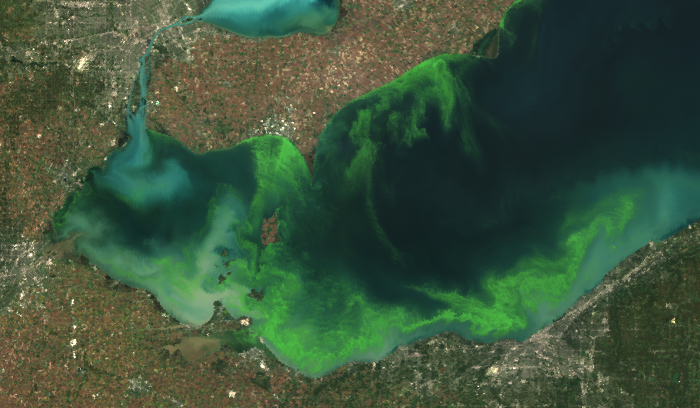Michigan DEQ Plans to Lower Phosphorus Levels in Lake Erie
Officials hope to lower phosphorus levels 40 percent by 2025.

Officials with Michigan’s Department of Environmental Quality have devised a plan to reduce harmful chemicals in Lake Erie. The state, in collaboration with agencies in Ohio, Indiana, and Ontario, have drawn up a strategy to lower the lake’s phosphorus levels by 40 percent before 2025.
Bill Creal is the Chief of the Water Resources Division with Michigan’s DEQ. He says high phosphorus levels are creating ecological problems.
“Lake Erie has a recent history of nuisance algal blooms with the blue-green algae and evidence of harmful algal blooms as seen last summer, August of 2014, when the Toledo drinking water supply was overwhelmed with harmful algal bloom toxins and had to shut down their water supply for two days.”
Bill Creal, Chief of the Water Resources Division with Michigan’s DEQ
Creal says the western part of Lake Erie is relatively shallow, making it more prone to the nutrient input that causes algal blooms. He says the department is focusing its efforts on the Detroit River, the River Raisin, and Michigan’s portion of the Maumee River basin.
